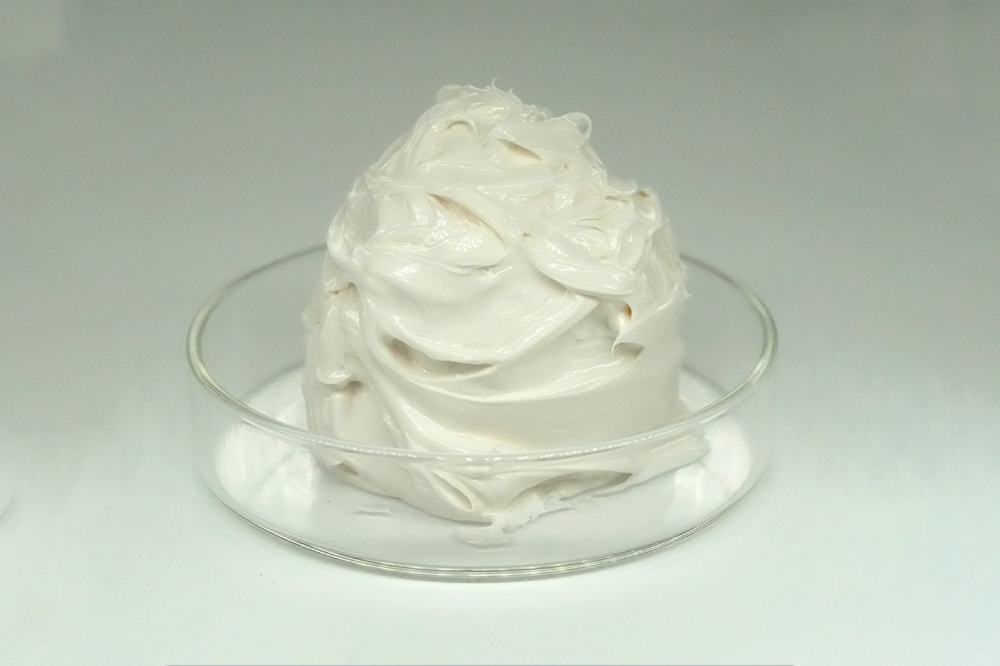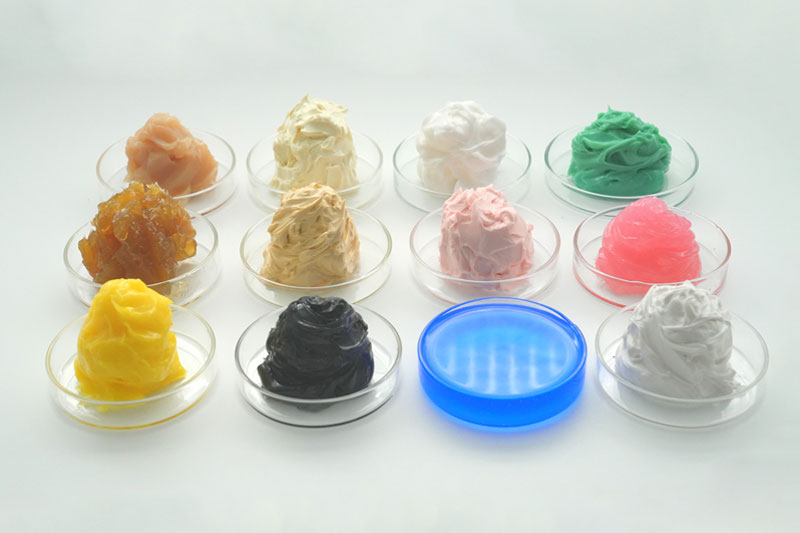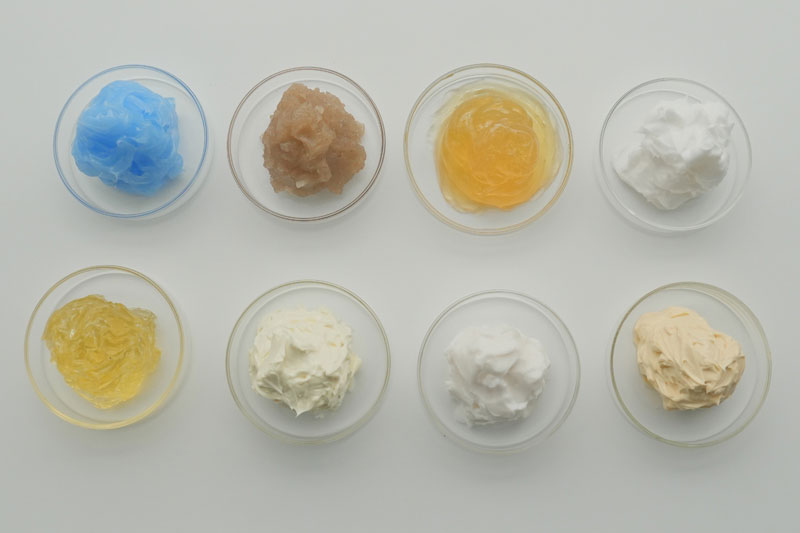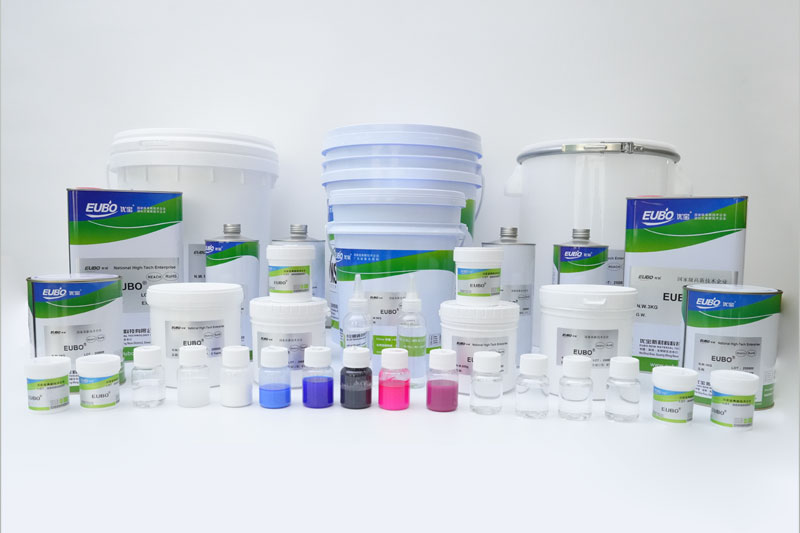EUBO SES8/3 grease offers excellent low-temperature performance with minimal starting and running torque. It is designed for electromechanical applications such as sliding surfaces, threaded connections, gears, and bearings. Operating temperature range: -50°C to 180°C.
Key Features:
-
Outstanding low-temperature performance with low starting and running torque.
-
Excellent high-temperature stability and wide service temperature range.
-
Superior lubricating and anti-wear properties.
-
Good compatibility with plastics.
-
Formulated with non-toxic, odorless base oil; compliant with environmental requirements.
Recommended Applications:
-
Suitable for electromechanical applications such as sliding surfaces, threaded connections, gears, and bearings.
-
Applicable to friction pairs of metal/metal, metal/plastic, and plastic/plastic, providing lubrication and wear reduction.
-
Widely used in automotive seat adjusters, sunroofs, and slide rails for lubrication and friction reduction.
-
Other lubrication points requiring high/low temperature resistance, friction reduction, anti-wear, extreme pressure, and plastic compatibility.
Technical Parameters of Automotive Parts Grease SES8/3
|
Test Items |
Standard Value |
Test Method |
|
Appearance |
Yellow |
Visual Inspection |
|
State |
Homogeneous Grease |
Visual Inspection |
|
Consistency Grade (NLGI) |
1–2 |
ISO 6743-99 |
|
Worked Penetration (25℃, 0.1 mm) |
285–310 |
ASTM D 217 |
|
Dropping Point (℃) |
≥300 |
ASTM D 2265 |
|
Oil Separation (100℃ × 24h, wt%) |
≤5.0 |
ASTM D 6184 |
|
Copper Corrosion (100℃ × 24h) |
Pass |
ASTM D 130 |
|
Evaporation Loss (120℃ × 1h, wt%) |
≤3.0 |
ASTM D 972 |
|
Extreme Pressure Performance (PB, N) |
≥696 |
ASTM D 2783 |
|
Extreme Pressure Performance (PD, N) |
≥3924 |
ASTM D 2783 |
|
Wear Scar (80N, 3h, mm²) |
≤0.1 |
In-house Method |
|
Apparent Viscosity (-50℃, 10s⁻¹, Pa·s) |
≤1200 |
ASTM D 1092 |
|
Recommended Operating Temperature (℃) |
-50 ~ 180 |
— |
|
Environmental Compliance |
RoHS, REACH, Halogen-free, 19P, EN71 |
— |
|
Shelf Life (years) |
6 |
— |
Note: Compatibility with rubber and plastic materials should be verified using the compatibility chart.






















